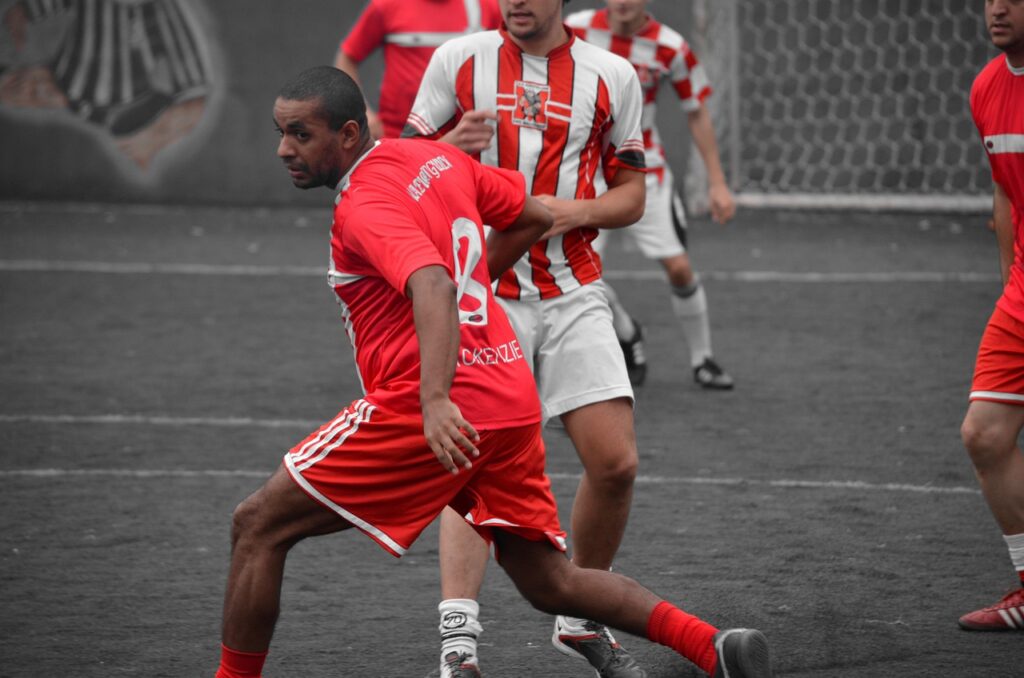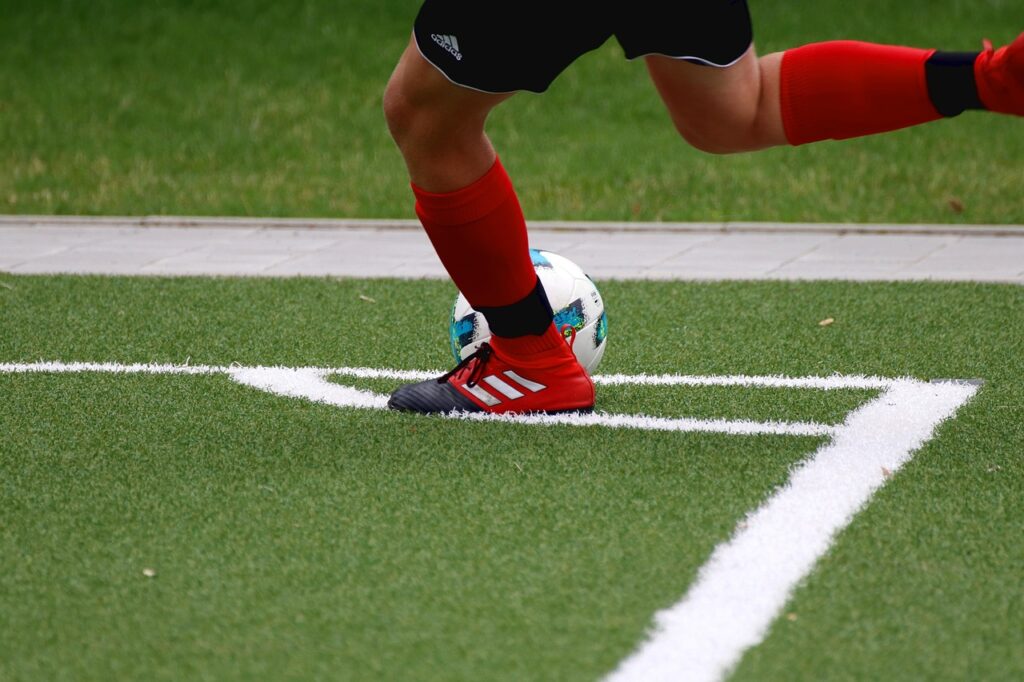Football is the most popular sport in the world, and one of its most iconic symbols is the football shirt. Whether you are a player, a fan, or a collector, football shirts hold a special meaning. They represent your team, your favorite players, and sometimes even your personality. In this article, we will discuss everything you need to know about football shirts, including their history, design, importance, and tips for buying one and Football Shirts.

What is a Football Shirt?
A football shirt is a jersey worn by players during football matches. It usually includes the team’s colors, logo, player’s name, and number. Fans also wear football shirts to show support for their favorite teams. Over the years, football shirts have become a big part of the sport’s culture and fashion and Football Shirts.
History of Football Shirts
Football shirts have changed a lot since the game began.
- Early Years (1800s): Players used to wear heavy cotton shirts, which were not very comfortable.
- 1950s: Lighter materials like synthetic fibers were introduced, making shirts easier to wear.
- 1980s: Sponsorship logos started appearing on shirts.
- Today: Modern football shirts use advanced technology to keep players cool and dry.
Interesting Fact: The first football shirts were very simple, without any sponsor logos or fancy designs.
Features of a Football Shirt
A good football shirt is not just about looks; it has several important features:
- Lightweight Material: To help players move freely.
- Breathability: Shirts are designed to keep players cool by allowing airflow.
- Stretchable Fabric: For comfort during fast movements.
- Moisture-Wicking Technology: Keeps sweat away from the skin.
- Team Colors & Logo: To represent the club or country.
Types of Football Shirts
There are different types of football shirts for various purposes:
- Home Shirt: Worn when playing at home ground; usually in traditional team colors.
- Away Shirt: Worn during away matches to avoid color clashes.
- Third Kit: A backup option with different colors.
- Goalkeeper Shirt: Different from outfield players; usually bright colors.
- Fan Replica Shirt: Made for fans; looks similar to the real one but cheaper.
- Player Issue Shirt: The exact same as worn by professional players, often more expensive.
Why Football Shirts Are Important
Football shirts are not just clothes; they have a deeper meaning:
- Team Identity: Helps fans and players feel connected to the club.
- Unity: All players wearing the same shirt shows teamwork.
- Fashion Statement: Many people wear football shirts as casual clothing.
- Memories: Collecting shirts can remind you of great matches and players.
- Revenue for Clubs: Shirt sales bring a lot of money to football clubs.
Famous
Some football shirts have become legendary because of the players who wore them or the matches they were used in. For example:
- Brazil 1970 Shirt: Worn by Pele during the World Cup.
- Manchester United 1999 Shirt: From their famous treble-winning season.
- Argentina 1986 Shirt: Worn by Diego Maradona during the “Hand of God” match.

How to Choose the Right Football Shirt
When buying a football shirt, keep these points in mind:
- Choose Your Team: Pick the shirt of your favorite club or country.
- Check Size: Make sure it fits well; not too tight or loose.
- Original vs. Fake: Original shirts are better quality, but fakes are cheaper.
- Material: Look for breathable, comfortable fabric.
- Budget: Decide how much you want to spend before buying.
Tips for Taking Care of
If you want your shirt to last long, follow these tips:
- Wash in Cold Water: Hot water can damage the fabric and print.
- Avoid Ironing Over Prints: It can ruin the logo and name.
- Air Dry: Do not use a dryer as it can shrink the shirt.
- Store Properly: Hang it or fold it neatly to avoid wrinkles.
Football Shirts in Fashion
Are not just for the stadium; they are also part of street fashion. Many celebrities and influencers wear with jeans, shorts, or even skirts. Some people even customize shirts with their own name or favorite number.
Future
With technology improving, will continue to change. We can expect:
- Smart Fabrics: Shirts that monitor heart rate or body temperature.
- Eco-Friendly Materials: Shirts made from recycled plastic bottles.
- Personalized Designs: Fans might be able to design their own shirts.
Key Points to Remember
✔ Are a big part of the sport’s culture.
✔ They have evolved from heavy cotton to advanced, lightweight materials.
✔ There are different types like home, away, third kit, and goalkeeper shirts.
✔ They represent identity, unity, and fashion.
✔ Take care of your shirt to make it last longer.

Conclusion
Are more than just sportswear—they are a symbol of passion, loyalty, and history. Whether you are a player on the field or a fan in the stands, wearing your team’s shirt makes you feel proud. Are more than just sportswear—they are a symbol of passion, loyalty, and history. Whether you are a player on the field or a fan in the stands, wearing your team’s shirt makes you feel proud.From simple cotton tops to high-tech designs, have come a long way and will keep evolving in the future. For More Click
